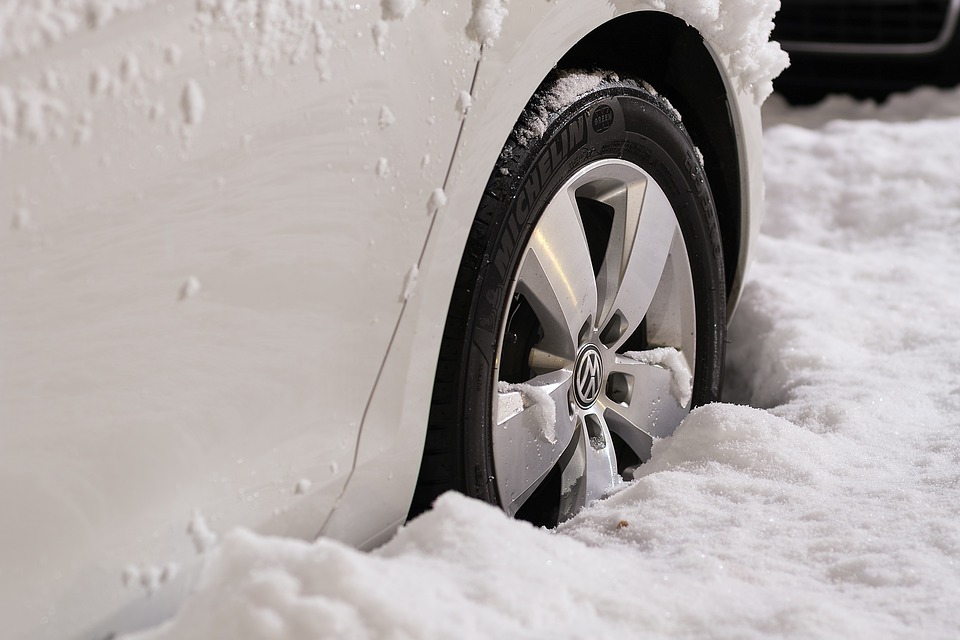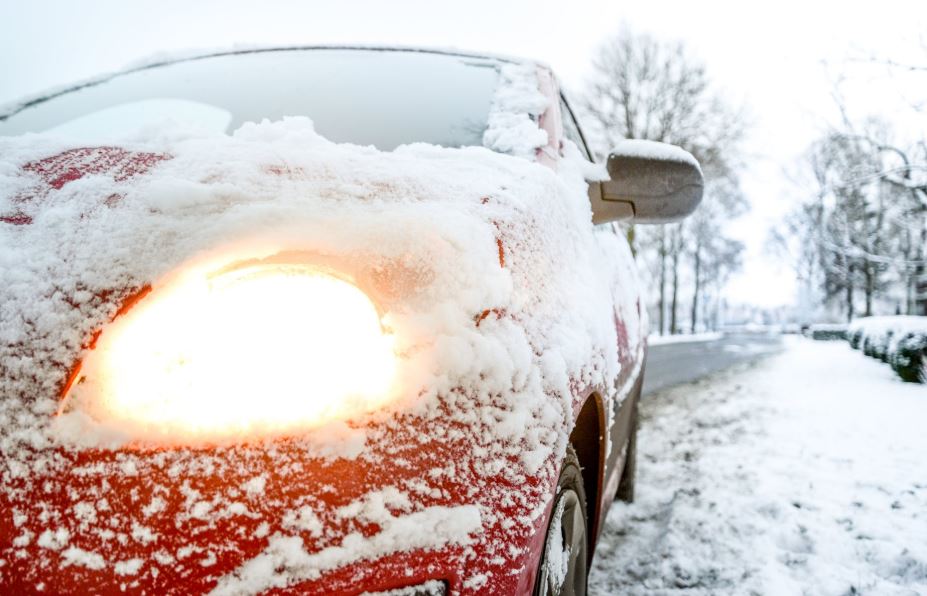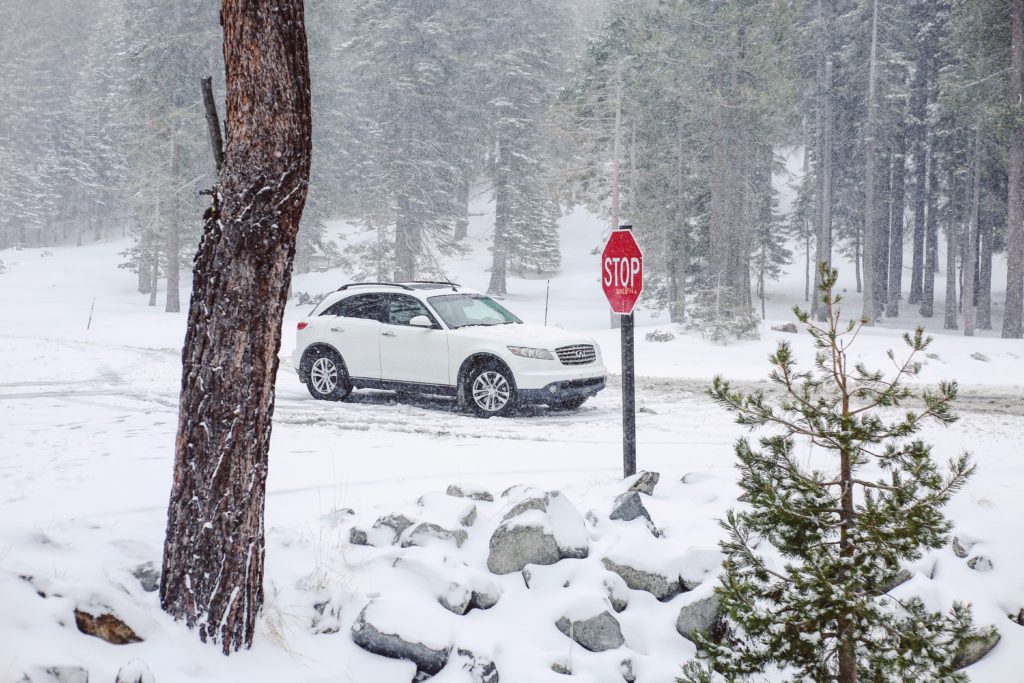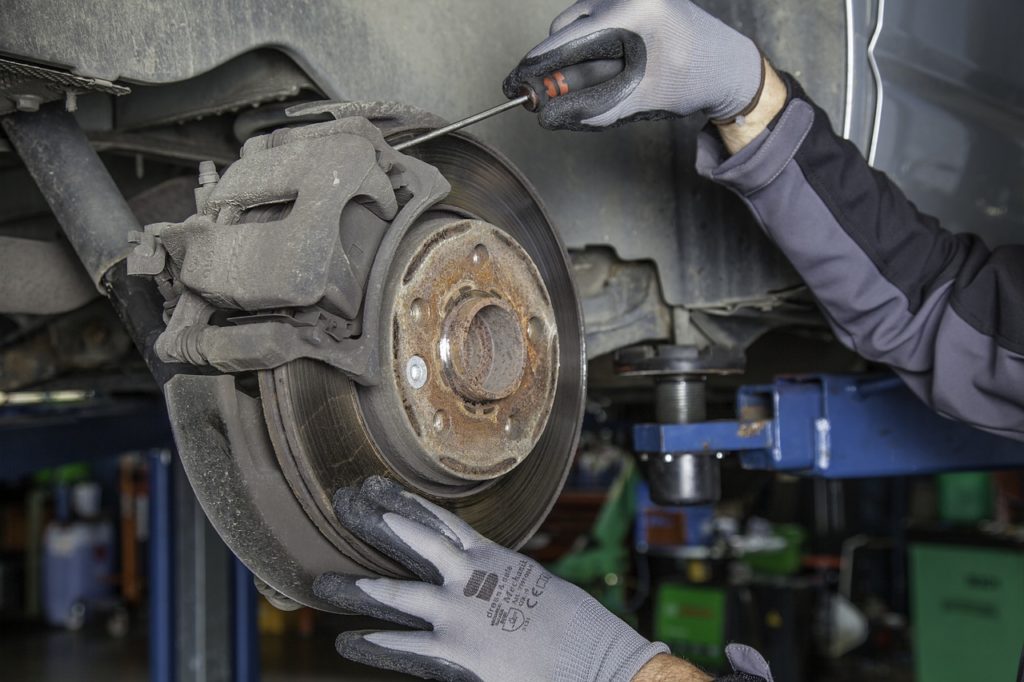As the leaves begin to fall and temperatures drop, now is the time to start thinking about your vehicle’s readiness for the winter months ahead. This includes thinking about whether or not you need winter tires, and if so, when is the best time to buy them.
 Do you need winter tires?
Do you need winter tires?
The answer to this question will largely depend on the weather in your region and how often you drive in snow or ice. In some areas, drivers are very affected by the weather, and depend greatly on how quickly the roads get cleared before they can get to work. If this describes your situation, then winter tires would probably be a good investment for you. Winter tires offer superior grip when driving, stopping, and cornering.
A potential drawback with winter tires is that they tend to wear faster than all-season tires. This is because the tread is designed to bite into snow and ice, and the softer rubber is formulated to stay pliable at freezing temperatures. As long as you change back to your all-season tires in the spring, your investment should last for several seasons.
Is it too early to shop for winter tires?
Here are four reasons why you shouldn’t wait until you see snowflakes to think about winter tires.
- Beat the Rush – Once the first signs of winter appear, tire shops become flooded with customers scrambling to get their winter tires installed. By shopping in the fall, you can avoid long wait times and ensure you get the best tires for your vehicle before stocks run low.
- Get the Best Selection – Shopping for winter tires early in the season means you’ll have a wider variety of options to choose from. As demand increases, stores are more likely to run out of popular models and sizes. Whether you’re looking for studded tires for icy roads or performance winter tires for snowy highways, fall gives you the best chance to find exactly what you need.
- Prepare for Sudden Weather Changes – The season’s first winter weather tends to catch us by surprise. An early snowstorm can leave you unprepared if you haven’t equipped your car with winter tires yet. Having your winter tires installed early ensures you’re ready for anything the weather throws your way, giving you peace of mind as fall transitions into winter.
- Enjoy Early Discounts – Many tire retailers offer discounts and promotions in the fall, knowing that savvy shoppers want to get ahead of the winter rush. By taking advantage of these deals, you can save money on quality winter tires while avoiding the stress of last-minute shopping.
While you are driving around, enjoying the colors of fall, remember the big chill is just around the corner! Shop for winter tires now and stay safe on the road all season long!









 The TPMS light is part of the pressure monitoring system that involves sensors that are connected to your actual tires. The
The TPMS light is part of the pressure monitoring system that involves sensors that are connected to your actual tires. The 